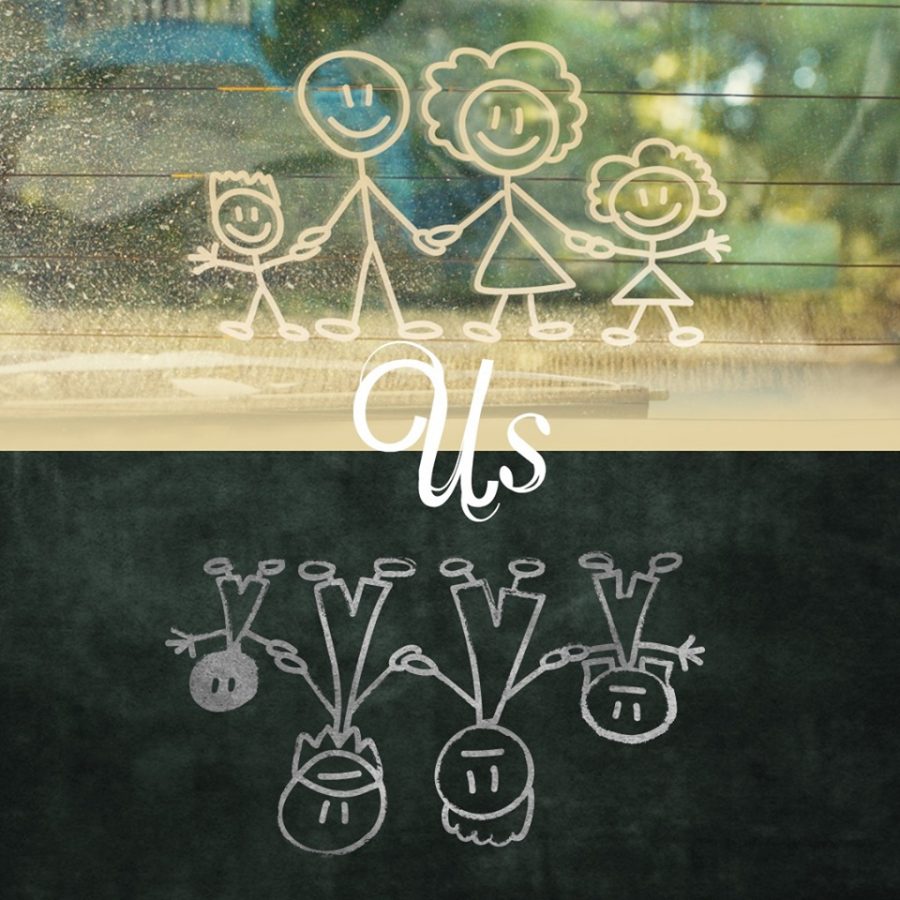Dolls, silhouettes, and every character from the movie “The Polar Express” all have something in common: just looking at them can make you feel unsettled. The same goes for life-like robots, puppets, and even zombies. There’s a reason these things are commonly found in horror films, and it’s not just because they make for great jump-scares.
That unsettling feeling comes from the fact that all these things are almost human, but miss the mark by just a little bit. Cartoonish dolls and puppets don’t scare easily, until their cute eyes and floppy ears are replaced with body parts that resemble those found on a person. That’s when things get scary. Why? Because when something inanimate resembles the human physique too closely, it crosses into what is known as the “uncanny valley.” And the less distinguishable something is, the more it manifests into a fear of the unknown.
Take the scene from the “It: Chapter 2” trailer, where the adult version of Beverly Marsh is invited inside her childhood home by its current owner, an elderly woman named Mrs. Kersh. Beverly is walking around and recalling memories she has from the apartment, all while having a conversation with the elderly woman, who’s in the other room. There’s a quick moment where Beverly is the main focus of the shot, but the old woman appears in a poorly lit door frame in the background, seemingly naked and moving in a distorted way. Immediately upon seeing this, viewers recognize that something is wrong. The way the woman behaves does not match with the natural appearance or movement of a human. The viewer may then ask, “if that is not human, then what is it?” This uncertainty between human and not human is where fear kicks in, and why figures in the uncanny valley scare us so much.
The idea of the uncanny valley was first established in 1970 by Japanese roboticist Masahiro Mori, who created a map visualizing figures that may be perceived as human-like and tracked how people responded to them. The things that are able to move are typically the biggest threat, which explains why zombies and prosthetic hands might creep us out. People generally felt more relaxed around stuffed animals and highly industrial robots because the brain knows that they pose no immediate threat.
When the human mind senses fear, it tends to analyze what it sees in front of it and compose a proper response, like fight or flight. An article from How Stuff Works was able to create an example of the phenomenon in a simple way:
“A shrub that is clearly a shrub is not a threat, so we feel at ease. A lion that is clearly a lion is a threat and we react appropriately,” it explains. “A shrub that looks like a lion creates a sense of unease, since we aren’t sure how to react.” Our minds panic when they don’t know what to do in a certain situation, and there are horror films that utilize this notion to create a sense of confusion and dread in a viewer, which is, arguably, more likely to be remembered than a typical jump scare.
The “Conjuring” film series most famously features the notorious Annabelle doll, a prime example of the use of the “uncanny valley” in cinema. The demonic nun figure that appears across a few of the films, however, is the real star, as she is almost the spitting image of a real nun, fully dressed in black robes and a habit. But her tiny yellow eyes and sharp, harrowing teeth strike fear and confusion into our hearts, which makes the moments where she flashes a big smile to other characters much more sinister.
Jordan Peele’s “Us” uses the uncanny valley to its fullest, as the main antagonists of the film are twisted doppelgängers of the film’s otherwise average, quotidian family. Each of the four members of the family recognize a figure that appears to be exactly like them, except for quirks like voices, eye twitches and movement patterns that make them realize these things are certainly not human. When the figures, known as “tethers” in the film, are unable to be identified, viewers are left on the edge of their seats, unable to grasp what moves they might make next. Animals are expected to act like animals and humans act like humans, but there is no telling what the unknown will do. And that, to most people, is terrifying.
So, in case you ever felt silly for being a little bit afraid of the characters of “The Polar Express” for the way they look, just remember: it’s only human to fear them.
Christina Paluzzi can be reached at [email protected].



















